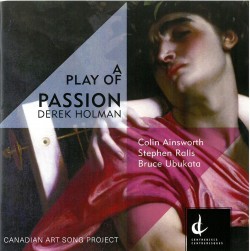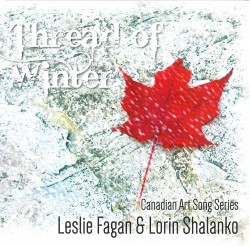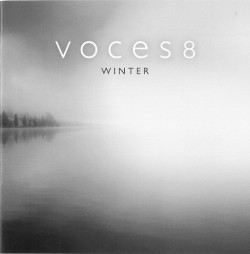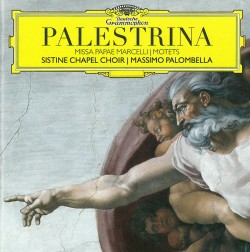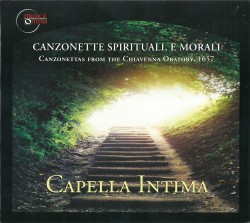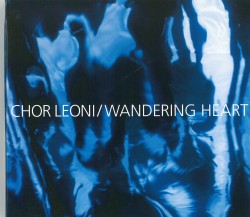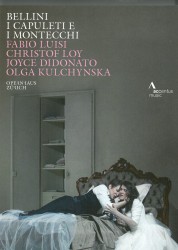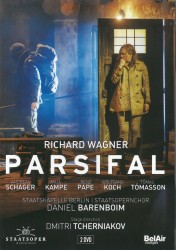Erik Chisholm: Simoon (Opera in One Act on a play by Strindberg) - Irwin; Sheffield; Thantrey; Drummond; Music Co-OPERAtive Scotland; Ian Ryan
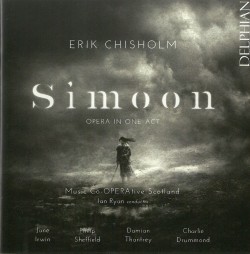 Erik Chisholm – Simoon (Opera in One Act on a play by Strindberg)
Erik Chisholm – Simoon (Opera in One Act on a play by Strindberg)
Irwin; Sheffield; Thantrey; Drummond; Music Co-OPERAtive Scotland; Ian Ryan
Delphian DCD34139 delphianrecords.co.uk
Luke 4:24 “Truly, I say to you, no prophet is acceptable in his hometown.” These biblical words must have been ringing in Erik Chisholm’s ears like derisive laughter. Born in Glasgow in 1904, the concert pianist and composer was promoting the Scottish musical tradition from the very beginning. In addition to incorporating folk music in his compositions, he also co-founded the Scottish Ballet Society and Celtic Ballet. After that, in Glasgow, he set up the Active Society for the Propagation of Contemporary Music. Aside from bringing the likes of Szymanowski, Bartók and Hindemith to Scottish audiences, he also conducted the British premieres of many operas, including Les Troyens by Berlioz.
Despite all this, he was never offered a position commensurate with his efforts in his native country. So in 1946, when he was offered the Chair of Music at Cape Town University in South Africa, his decision might have been painful, but also swift. He spent the rest of his life there, after some travels to India. He produced many operas, but also composed a great deal, including a triptych of operas – Murder in Three Keys – of which Simoon is the last part. Based on a short play by August Strindberg, Simoon was never performed in a full version during the composer’s lifetime. The subject matter, as gloomy as the uprooted Scot’s preferred music, is a tale of revenge and “murder by suggestion,” as Chisholm has referred to it. Polished orchestral characterizations, Bartók-like cascading moods and an overlapping of Western and Eastern musical idioms are just three reasons why this opera should have been recorded long ago. As it is, with the help of the Erik Chisholm Trust, it is making its long overdue debut – and rightfully in Scotland!


